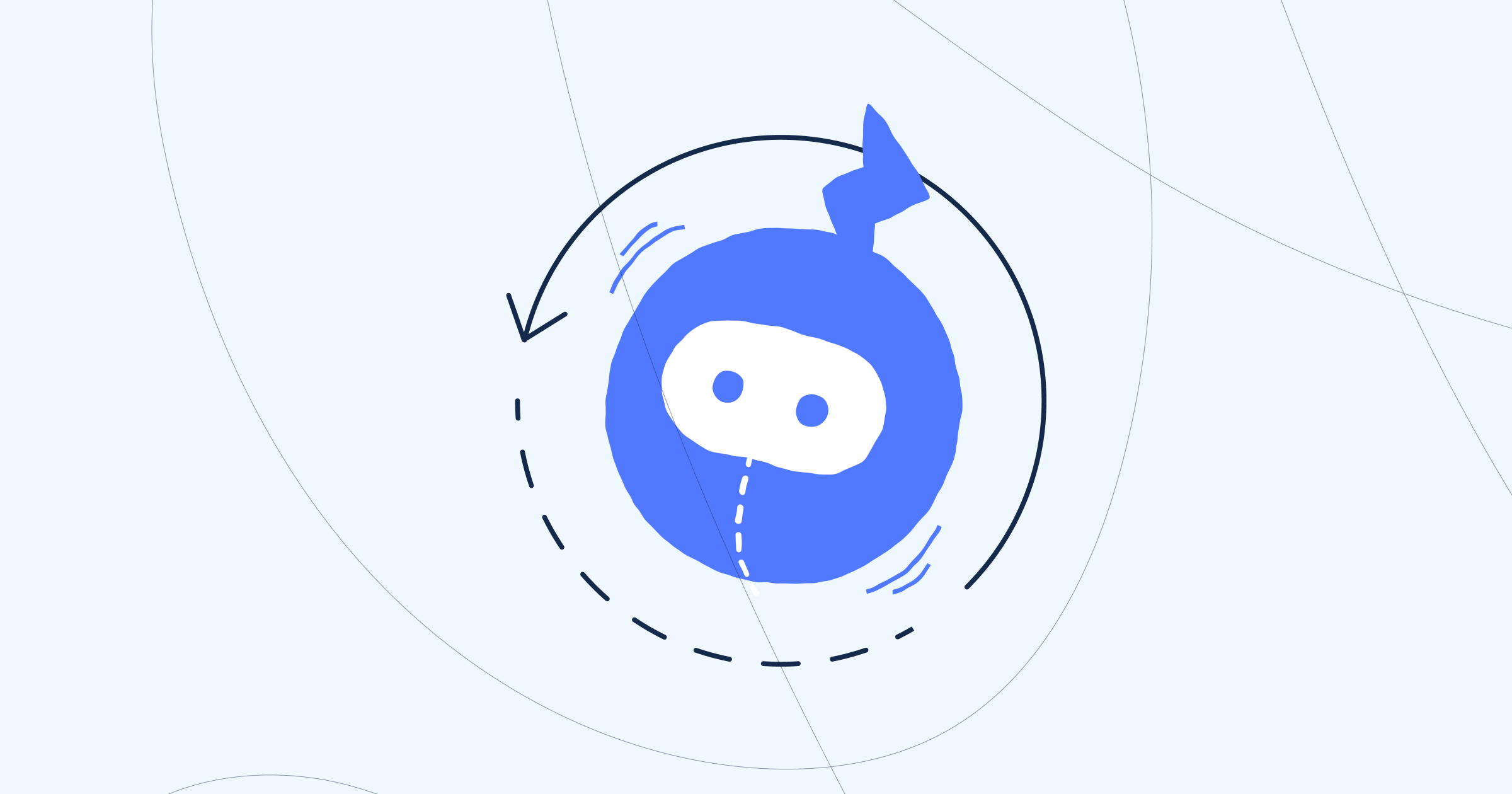When Salesforce introduced Agentforce 360 at Dreamforce 2025, it marked a defining moment in the evolution of enterprise AI. Instead of systems that simply record and automate, businesses can now create agents that understand context, make decisions, and collaborate with teams in real time.
This new approach, known as the Agentic Enterprise, is changing how organizations approach productivity, data, and customer experience.
This post walks through the essentials of getting started with Agentforce 360 — from understanding how it works to preparing your metadata and using Sweep to create a reliable foundation for intelligent agents.
What is Agentforce 360 and how does it work?
Agentforce 360 is Salesforce’s platform for building AI-powered agents that perform tasks, communicate with users, and make context-aware decisions. These agents go beyond traditional automation by combining deterministic logic (your existing workflows and business rules) with natural language reasoning powered by large language models.
The result is an intelligent system that can both execute structured processes and respond dynamically to real-world situations.
Agents operate directly within your Salesforce environment, using Data 360 to unify structured and unstructured information such as customer records, documents, and communications. They can work inside Slack, update records automatically, summarize information, and surface insights to help teams make decisions faster.
Agentforce 360 represents a shift from static automation to intelligent orchestration. It creates a more fluid, interactive layer of intelligence that supports employees rather than replaces them.
Why does metadata matter when using Agentforce 360?
If data is what your business runs on, metadata defines how that data behaves. It describes the structure of your Salesforce organization — the objects, fields, flows, automations, and relationships that shape how information moves and connects.
Clean, organized metadata gives your agents a clear understanding of your system’s logic and structure. When metadata is outdated or inconsistent, agents lose context and may make errors or fail to interpret business rules correctly. Reliable AI depends on a well-structured environment that’s easy to navigate and reason over.
Before building your first agent, it’s important to understand how your automations interact, identify unused or redundant fields, and document dependencies between processes. Establishing this foundation helps your agents act confidently and accurately from day one.
How can Sweep help you get ready for Agentforce 360?
Sweep gives Salesforce teams complete visibility into their metadata. It maps how fields, objects, and automations connect across your org, making it easy to identify dependencies, risks, and opportunities for improvement.
For organizations adopting Agentforce 360, Sweep helps ensure metadata is clear, consistent, and ready for intelligent automation. It highlights redundant components, visualizes complex relationships, and tracks metadata changes over time. This transparency is essential as you introduce agents that rely on metadata to understand your system.
Sweep also helps you maintain control as your Salesforce environment evolves. When new workflows, automations, or agents are added, Sweep shows how these changes interact with existing logic. This visibility reduces friction, prevents errors, and keeps your agents operating with the right context.
How do you get started with Agentforce 360?
The best way to approach Agentforce 360 is to start small. Begin with one high-impact workflow that has clear outcomes, such as case triage, lead management, or internal support requests.
Next, run a metadata audit with Sweep to identify what needs cleanup or documentation. Once your metadata is in good shape, connect your data sources through Data 360 and begin building your first agent using the Agentforce Builder. The builder allows you to define what your agent should do, how it behaves, and when to involve a human.
After deployment, monitor your agent’s performance and behavior. Use Sweep continuously to track metadata changes and ensure your setup remains stable. As your confidence grows, expand to more complex use cases and cross-functional workflows.
What does it take to build a reliable agentic enterprise?
Agentforce 360 is more than a product — it’s a new way of working. By introducing intelligent agents that understand business context, organizations can move from task-based automation to true collaboration between humans and AI.
The key to making that shift successful is clarity. Clean, connected metadata ensures your agents act on trustworthy information, while Sweep provides the visibility and control to keep that foundation strong. Together, they create the conditions for scalable, sustainable AI adoption.
With Agentforce 360 and Sweep, businesses aren’t just automating workflows — they’re building systems that think, learn, and adapt alongside their teams. It’s the foundation of a new kind of enterprise: one that’s intelligent, agile, and ready for what’s next.
Ensure your Salesforce org is agent-ready
Agentforce 360 is transforming how teams use Salesforce, turning automation into intelligence and giving businesses the power to build agents that think and act with context. But successful agents depend on one thing: a clean, connected foundation.
That’s where Sweep comes in. Sweep gives you complete visibility into your Salesforce metadata, helping you organize, document, and optimize your setup so your AI agents perform exactly as intended.
If you’re ready to unlock the full potential of Agentforce 360, now’s the time to take the first step. Book a demo with Sweep and see how easy it can be to build your foundation for intelligent automation.

